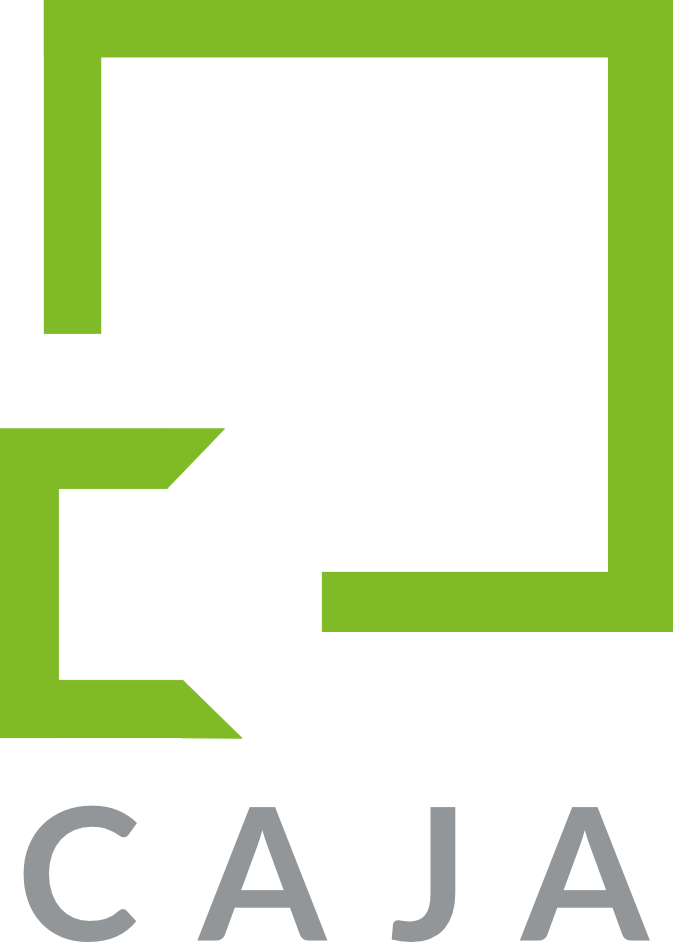
For years, public health campaigns have assumed that if people just knew more, they’d make better decisions. More facts, more posters, more leaflets = more change.
But that’s not how humans work- and the data keeps proving it.
In breast screening programmes, increases in health knowledge contribute little to actual attendance(1). In fact, some women who received more detailed information about their breast cancer scan were actually less likely to attend(2).
Now that doesn’t mean education has no place – it can raise awareness, build understanding, and empower people when they’re ready to act. But information alone rarely moves the needle, even when the stakes are life and death.
Why Behavioural Science Works
Across multiple cancer screening programmes, Caja has seen the same pattern: awareness is high but action lags behind.
Behavioural Science helps bridge that gap between intention and action by designing interventions around real human motivations and barriers. Behaviour change isn’t about what people know; it’s about how they feel, what they see others doing, and how easy it seems to act.
- Who says it matters.
- How it’s framed matters.
- What others are doing matters.
- How easy it feels matters.
At Caja, we use these insights, ethically and at pace, to help people move from good intentions to meaningful action. The results speak for themselves: uplifts in participation, trust, and health equity – not from louder awareness but from smarter design.
Formula for Behaviour Change
There is no silver bullet that transforms engagement. What works is layering small, evidence-based nudges that adapt to the local context to make the desired behaviour feel simple, normal, and worthwhile. Caja’s approach typically includes:
- Reducing friction – making the next step obvious and effortless.
- Building trust – choosing the right messenger and tone.
- Normalise action – show that “people like me” are doing this.
- Spark curiosity – use creativity and interactivity to get attention.
What We’ve Seen Work
Across breast, cervical, bowel, head and neck, and lung cancer screening initiatives, these principles have led to measurable increases in participation (between 20-50% in various areas around the UK).
For example, Caja has co-designed:
- Behaviourally informed reminder messages that use social norms, trusted messengers, and positive and negative framing to motivate people to attend their cancer screening.
- Help-to-book scripts to support natural conversations between healthcare professionals and those eligible for screening.
- An augmented reality (AR) platform featuring an interactive character to guide self-checks and boost symptom awareness.
The specifics vary, but the human truths don’t. When we design for how people actually make decisions, participation rises and outcomes improve.
And the change lasts.
Across clients, the behavioural changes we help create continue to deliver year after year. One client who joined our Behavioural Science Academy used their new skills to upskill GPs. Three years on, they’re still seeing 20%+ increases in screening attendance every year- proof that when behavioural science becomes part of everyday practice, the impact lasts.
Why This Matters
The takeaway: awareness alone is one of the least effective levers for behaviour change(3).
Every moment we spend just raising awareness without driving action is a moment lost to early diagnosis.
If we want more women to attend their breast screen, we must stop assuming information is the only answer and start designing for how people really decide. Education can open the door, but behavioural science helps people walk through it.
We’ve shown it works. If you’re serious about turning awareness into action, we’re ready to help.
- Eibich, P., & Goldzahl, L. (2020). Health information provision, health knowledge and health behaviours: Evidence from breast cancer screening. Social Science & Medicine, 265, 113505.
- Montero-Moraga, J. M., Posso, M., Román, M., Burón, A., Sala, M., Castells, X., & Macià, F. (2021). Effect of an information leaflet on breast cancer screening participation: A cluster randomized controlled trial. BMC Public Health, 21(1), 1301.
- Michie, S., West, R., Sheals, K., & Godinho, C. A. (2018). Evaluating the effectiveness of behavior change techniques in health-related behavior: a scoping review of methods used. Translational behavioral medicine, 8(2), 212-224.



